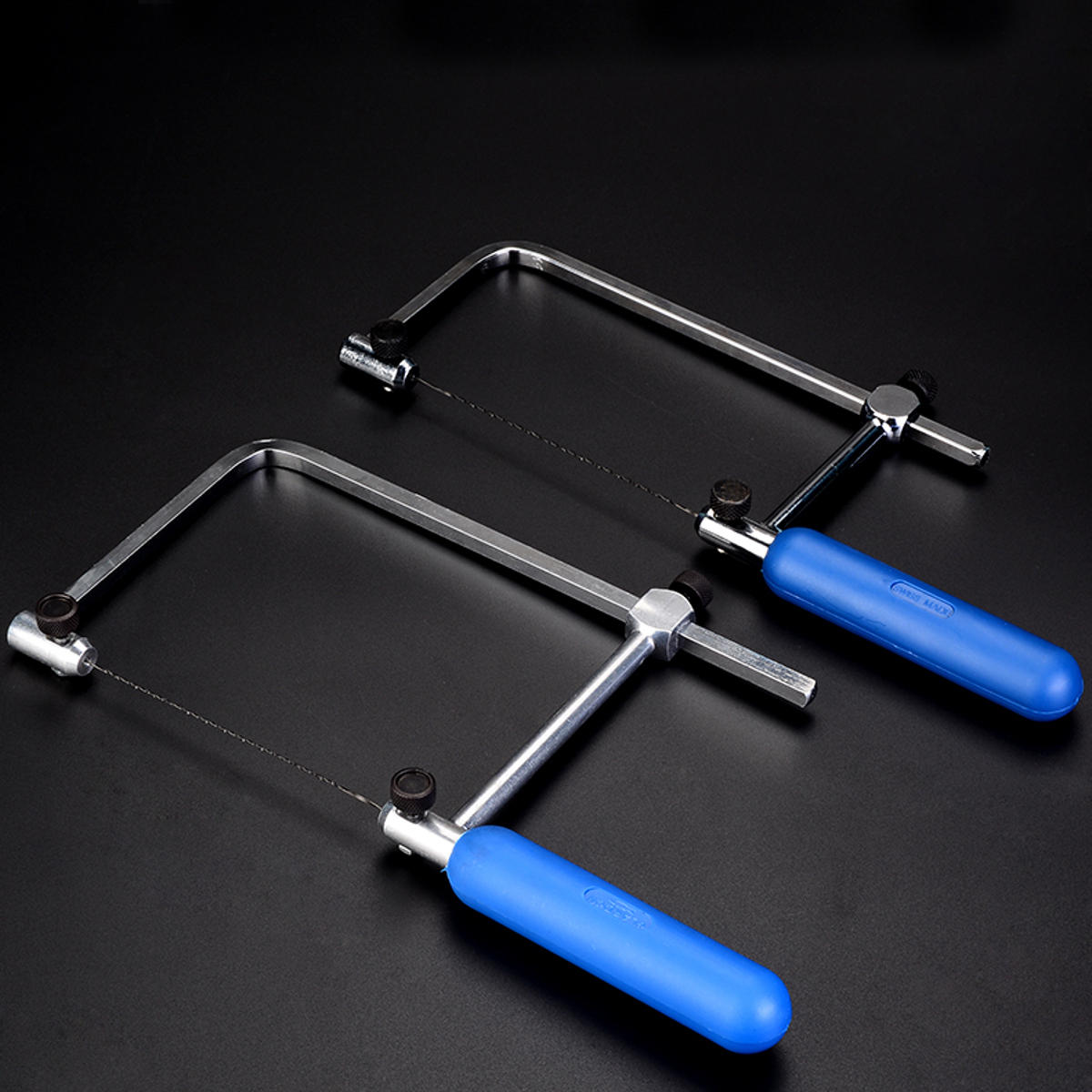

Their thin narrow blades can be replaced as often as need be, saving you money in the long run. Teeth Count in Hand Saw is measured by TPI (Teeth per Inch) or PPI (Points per Inch) – The higher the TPI/PPI, the more teeth, therefore the neater finish.īelow we have listed some of our favourite types of hand saws along with their main uses and benefits:Ĭoping Saw – Coping saws are the most versatile type of hand saw and are ideal for cutting through hard and soft wood, plastic, ceramic and non-ferrous metals. Fewer teeth make for quick cutting but not as neat and accurate a cut.

More teeth equal a cleaner, more-precise cut.

One of the defining factors in how a hand saw will cut is its number of teeth. Each hand saw has a purpose, and we will help show you why. If you need to create finer, more intricate cuts, this is going to require a completely different hand saw to making rough cuts in wood. Longer saws are typically more efficient, and will get the job done quicker, but again, this all depends on the application you are carrying out.Ī longer saw will have more teeth on it, but not necessarily more tpi, which we will explain below.
#COPING SAW BLADE SIZES FULL#
Long hand saws require you to use the full range of motion of your arm whereas shorter saws require shorter arm movements. Short sawa are designed for short strokes, and long saws for longer strokes.
#COPING SAW BLADE SIZES PLUS#
Have you noticed that hand saws come in a range of different lengths? They can vary from 6” to 12” and 22” to 24” plus more depending on the type of saw. This plays a huge factor and all depends on the materials you want to cut and the finish you’re aiming to achieve. Hand saws come in many different sizes, styles and with varying numbers of teeth.
#COPING SAW BLADE SIZES HOW TO#
We’ll cover: what to look for in choosing a high-quality hand saw, picking the right hand saw based on its specifications and your requirements, which type of hand saw suits your application, the top brands to look out for in hand saws, how to look after your hand saw and some of the top picks and bestsellers available at Toolstop. There are multiple types of hand saws available, and in this Toolstop buying guide, we’ll take you through which is best for your requirement. Typical applications of a hand saw include, but are not limited to, the cutting of hardwood, softwood, chipboard, plywood and MDF, and using the right saw for your material is essential in making sure you get the desired result. Hand saws can be used for many things including roughly cutting wood and logs, making intricate curved cuts in wood, in professional trades or simply at home and in the garden. When buying a hand saw, you need to take a few things into consideration – the application of the saw, how frequently you will use it and what materials you will be cutting.


 0 kommentar(er)
0 kommentar(er)
